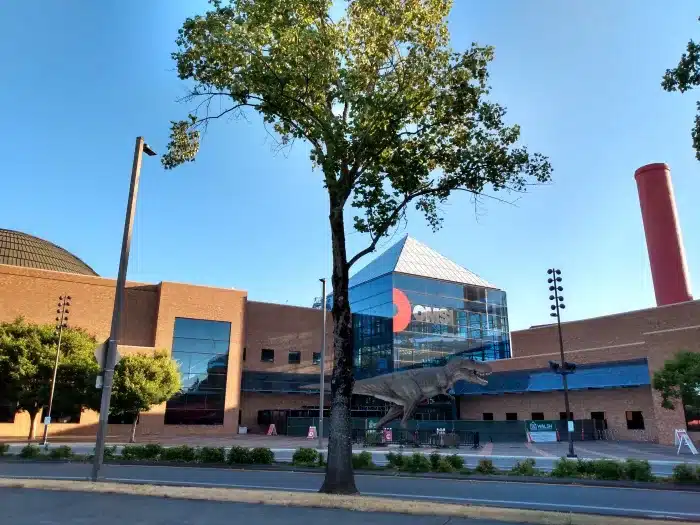By Brian Oaster
Indian Country Today
Publication date: August 10, 2021

The Oregon Museum of Science and Industry is joining with tribes, elders and leaders of local Indigenous organizations to develop a new Center for Tribal Nations and outdoor educational park along the banks of the Willamette River in Portland.
The project is bolstered by a $750,000 grant awarded in January by the regional county governmental body, Oregon Metro, to help the museum develop a vision around planned expansion.
Rather than plan their own vision, however, museum leaders have deferred to the Columbia River Inter-Tribal Fish Commission and the Affiliated Tribes of Northwest Indians, who in turn have deferred to the Indigenous community to find out what they want to see developed.
Affiliated Tribes Deputy Director James Parker, Chippewa Cree, said the project can be an anchor in Portland for Oregon’s nine federally recognized tribes.
“We want to make sure everyone has a voice in this project,” he said. “It’s an opportunity to have representation in the city, specifically around the water.”
A council of community members is now assembled, including elders, tribal leaders, leaders of local Native organizations, and Native youth, to advise on how the new venues could best meet their needs.

Plans are still in the listening stages, as the Affiliated Tribes and the Inter-Tribal Fish Commission work to include as broad a spectrum of Native voices as possible.
Jeremy FiveCrows, Nez Perce, public affairs specialist for the Columbia Inter-Tribal Fish Commission, says the Center for Tribal Nations will likely include not just community space for Portland’s urban Natives but also potential offices or professional spaces for surrounding tribes to maintain a physical presence in the city.
“There’s interest from tribal councils throughout the region, as well as urban Native population issues, and so there’s this huge spectrum of priorities,” FiveCrows said.
The planned Waterfront Education Park will be an outdoor museum and science exhibit bordering the Willamette River, with a connection from the current greenway and bike path to a restored stretch of riverbank, FiveCrows said.
It will offer the public an example of how Native restoration can exist in a city.
“Let’s change what our definition is of a river that flows through an urban area,” FiveCrows said. “People going by and just walking through the park are going to learn about, what does the river mean to tribal culture? What do salmon mean here? How was this river dishonored in similar ways that the tribe and the culture was dishonored and then disconnected? How can we bring that connection back?”